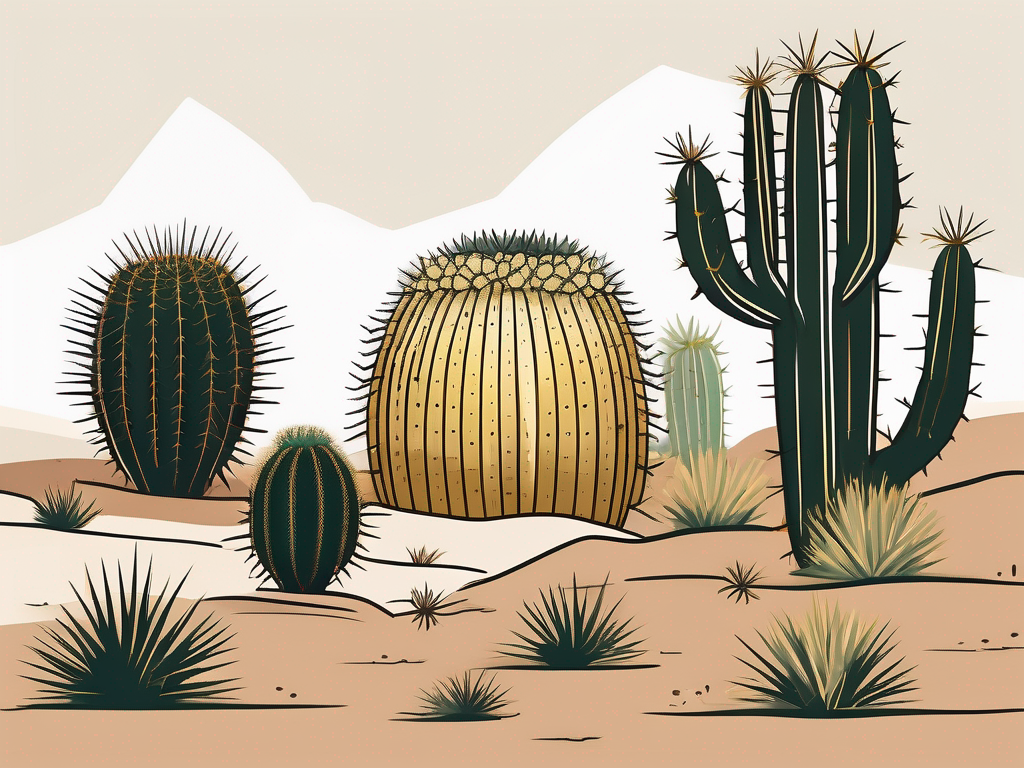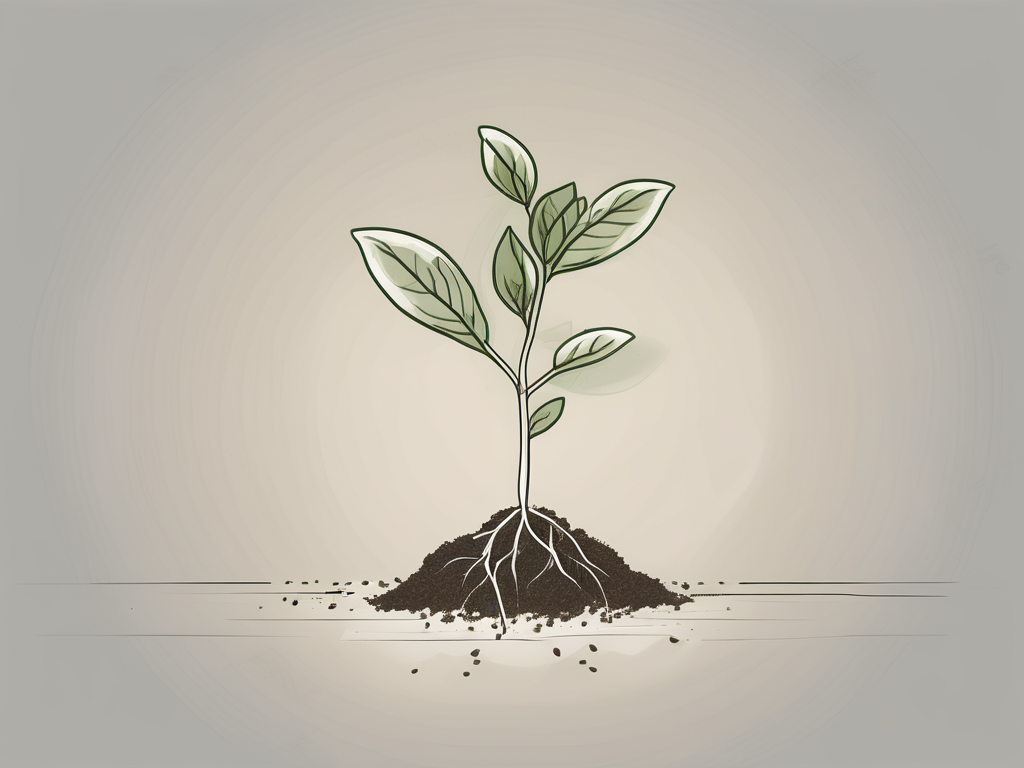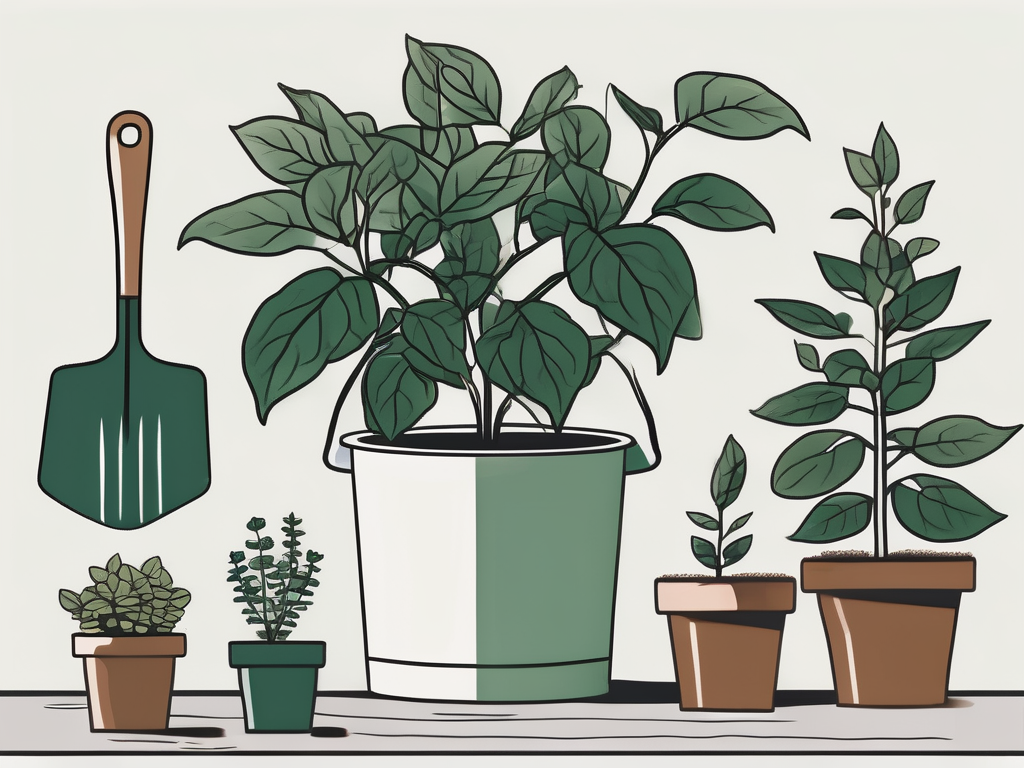
Golden Barrel Cactus, with its striking spherical shape and captivating symmetry, is a true gem for any plant lover. If you've ever admired its architectural beauty, you might have thought about how wonderful it would be to have more of these beauties around. The good news? You can propagate them!
This blog post will walk you through a friendly, step-by-step guide on how to propagate Golden Barrel Cactus. We'll cover everything from gathering your materials to caring for your newly propagated plants. So, let's get started on this rewarding journey!
Understanding the Golden Barrel Cactus
Before we jump into the nitty-gritty of propagation, it's helpful to know a bit about what makes the Golden Barrel Cactus so unique. Officially known as Echinocactus grusonii, this cactus is native to Mexico and is recognized for its distinctive barrel shape and golden spines. It's a slow grower, but with patience, it can become a stunning centerpiece in your plant collection.
Golden Barrel Cactus thrives in bright, direct sunlight and prefers warm temperatures. This hardy plant is perfect for those sunny spots in your home where other plants might struggle. Just like with most cacti, overwatering is the main pitfall to avoid. The cactus enjoys a good soak but only when its soil is completely dry.
Knowing these basics will help you understand the conditions your propagated cactus will need. Now, let's move on to the tools you'll need for the propagation process.
Gathering Your Tools and Materials
Propagating Golden Barrel Cactus isn't just about cutting and planting. You'll need a few supplies to ensure everything goes smoothly. Here's a list of essentials:
- Sharp, sterilized knife: A clean cut is crucial for successful propagation.
- Gloves: The spines can be sharp, so protect your hands.
- Potting soil: Use a cactus mix or make your own by combining potting soil, sand, and perlite.
- Small pots: Choose ones with drainage holes to prevent root rot.
- Rooting hormone (optional): This can encourage root growth but isn't strictly necessary.
Once you have these items ready, you can proceed to the next step: identifying the right part of the cactus to propagate.
Identifying the Right Part to Propagate
Unlike some plants, cacti are not propagated from leaves or seeds, but rather from offsets or pups. These are small clones that grow at the base of the parent plant. Not all Golden Barrel Cacti will have pups, especially younger or smaller specimens. If your cactus has developed pups, you're in luck!
Look for pups that are at least one inch in diameter. This size ensures they've had enough time to develop some internal structure and will be more likely to survive on their own. If your cactus is pup-free, patience is key. With time and the right conditions, pups will eventually emerge.
Once you've identified the right pup, you're ready to move on to the next step: removing it from the parent plant.
Removing the Pup from the Parent Plant
This step requires a bit of finesse, but with care, you can successfully separate the pup from the parent plant. Here's how to do it:
- Wear gloves: Protect your hands from the cactus's spines.
- Use a sterilized knife: Make a clean cut at the base of the pup, where it connects to the parent plant. Try to include a small piece of the parent plant's tissue, but be careful not to damage the main plant.
- Let it callous: Place the pup in a dry, shaded area for a few days to let the cut end form a callous. This step is crucial as it prevents rot when the pup is planted.
Once your pup has calloused over, you're ready to move on to the planting stage.
Planting the Propagated Pup
With your pup newly calloused and ready, it's time to plant it. Here’s a simple guide to get you through this stage:
- Prepare the pot: Fill a small pot with cactus mix, leaving about an inch from the top.
- Moisten the soil: Lightly water the soil to make it slightly damp, but not soggy.
- Plant the pup: Gently press the calloused end of the pup into the soil. If you're using rooting hormone, dip the calloused end into it before planting.
- Stabilize: Use small rocks to support the pup if it’s wobbly. This ensures it remains upright as it starts to grow roots.
After planting, it’s important to give your new cactus the right environment to thrive.
Providing the Right Environment for Growth
Now that your pup is planted, it needs the right conditions to grow strong and healthy. Here’s what you need to focus on:
- Light: Place the plant in a bright spot with indirect sunlight to start. Direct sunlight can be too intense for young pups.
- Temperature: Keep it in a warm environment. Golden Barrel Cacti prefer temperatures between 70°F and 90°F.
- Watering: Hold off on watering until you see new growth. This usually means roots have developed. Once new growth appears, water sparingly.
These conditions will help your new cactus settle and start rooting. Remember, patience is key here. Cacti are slow growers, so don’t rush the process.
Monitoring for Success and Troubleshooting
Propagation can sometimes feel like a waiting game. While you're eagerly watching for signs of growth, keep an eye out for potential issues:
- Signs of rot: If the pup looks discolored or mushy, it might be rotting. Ensure the soil isn’t too wet.
- Lack of growth: If nothing seems to be happening, double-check the light and temperature conditions. Sometimes a small adjustment can make a big difference.
- Pest check: Although less common, pests can affect young plants. Check for any unusual spots or webbing.
Addressing these issues early will help you keep your cactus healthy and on the right track.
Caring for Your New Golden Barrel Cactus
Once your cactus is rooted and showing signs of new growth, you can start treating it like a mature plant. Here are some care tips:
- Watering: Water deeply but infrequently. Let the soil dry completely between waterings.
- Fertilizing: Use a cactus fertilizer during the growing season (spring and summer) to give it a nutrient boost.
- Repotting: As your cactus grows, you may need to move it to a larger pot. Choose one slightly bigger than the current pot to give it room to expand.
With these care tips, your Golden Barrel Cactus will continue to thrive and perhaps even produce pups of its own someday.
Integrating the Golden Barrel Cactus into Your Home Decor
Beyond its biological allure, the Golden Barrel Cactus can be a fabulous addition to your home decor. Its bold shape and texture make it perfect for adding interest to any room. Here are some ideas:
- Centerpiece: Place your cactus on a coffee table or a shelf to draw attention.
- Grouping: Combine it with other cacti or succulents for a desert-themed display.
- Contrast: Use it as a contrasting element in a room filled with softer, leafy plants.
However you choose to display it, the Golden Barrel Cactus is sure to turn heads and be a conversation starter.
Understanding the Benefits of Propagation
So, why go through the effort of propagating your own plants? Besides the obvious joy of growing something new, propagation offers several benefits:
- Cost-effective: Growing new plants from your existing ones saves money.
- Gifting: Propagated plants make thoughtful, personal gifts for friends and family.
- Experiential learning: Each propagation effort teaches you something new about plant care and biology.
These benefits make propagation a meaningful and rewarding hobby for any plant lover.
Final Thoughts
Propagating a Golden Barrel Cactus is a fun and rewarding way to expand your plant collection. From gathering your supplies to watching the first signs of new growth, each step brings you closer to nurturing your very own cactus.
At Cafe Planta, we're passionate about helping you grow your plant family. Whether you're searching for unique plants or need expert advice, we're here to support you. Feel free to email us or reach out via Instagram. Let's connect and share our love for plants!












